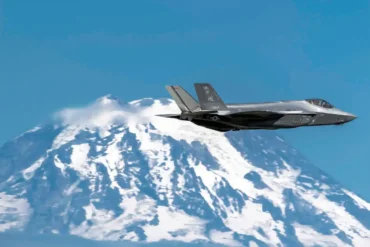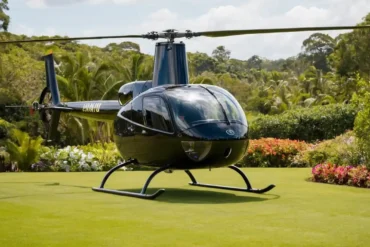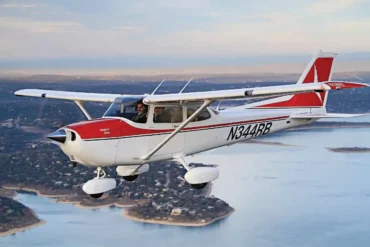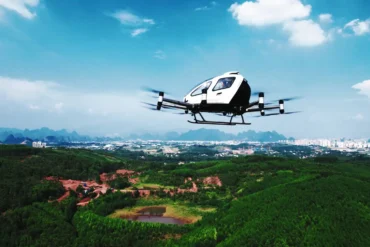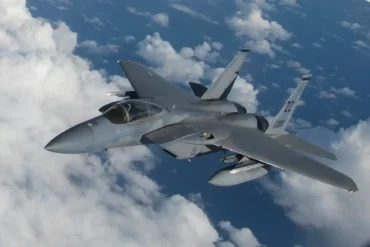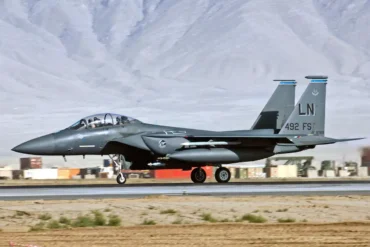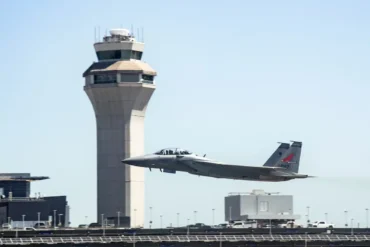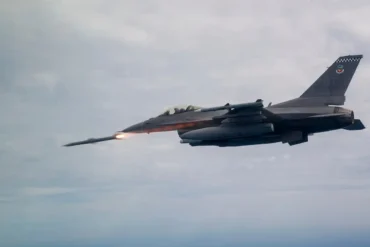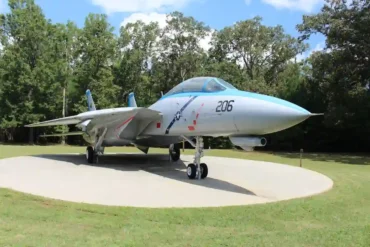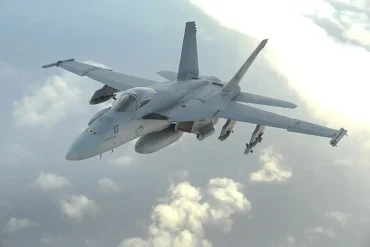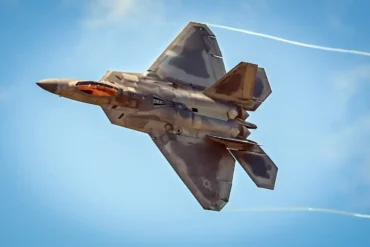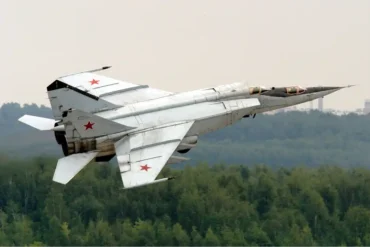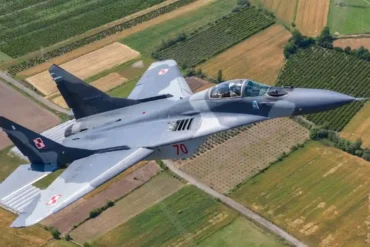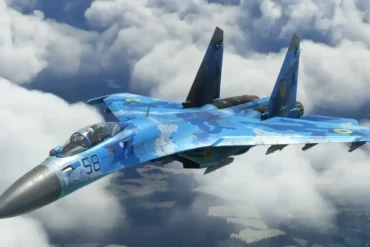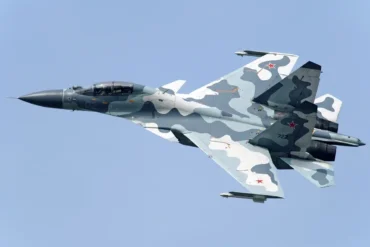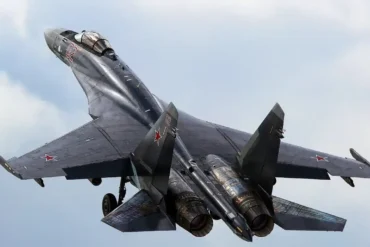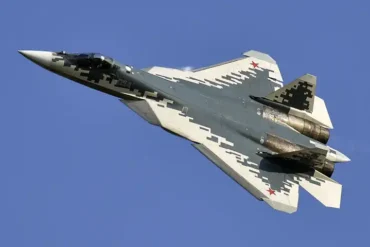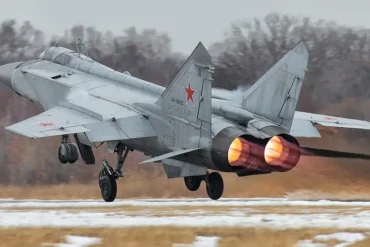The F-35A Lightning II, developed by Lockheed Martin Corp., is a remarkable achievement in modern aerospace engineering. As the U.S. Air Force’s newest and most advanced fifth-generation fighter jet, the F-35A is not just a technological marvel but also a costly investment. This article will explore the various aspects of the F-35A’s cost, breaking down not only the purchase price but also additional operational expenses, and the overall value it brings to the U.S. military and allied forces.
The F-35A Lightning II: An Overview
Before delving into the cost of the F-35A Lightning II, it is essential to understand its role and capabilities. The F-35A is designed to provide a wide range of capabilities, making it a versatile and formidable aircraft. Here are some key specifications:
- Manufacturer: Lockheed Martin Corp.
- Wingspan: 35 feet (10.7 meters)
- Length: 51 feet (15.7 meters)
- Height: 14 feet (4.38 meters)
- Empty Weight: 29,300 lb (13,290 kg)
- Maximum Takeoff Weight: 65,918 lb (29,900 kg)
- Fuel Capacity: 18,250 lb (8,278 kg) internal
- Range: 1,500 nautical miles (1,700 miles or 2,800 kilometers)
- Combat Range: 669 nautical miles (770 miles or 1,239 kilometers)
- Maximum Speed: Mach 1.6 at high altitude
- Engine: Pratt & Whitney F135-PW-100 afterburning turbofan
- Radar: AN/APG-81 or AN/APG-85 (Lot 17 onwards) AESA radar
- Climb Rate: 45,000 feet per minute (13,716 meters per minute)
- Role: Multirole fighter (air-to-air, air-to-ground)
These specifications illustrate just how advanced the F-35A is in terms of both performance and versatility. Its ability to conduct interdiction missions, close air support, air superiority, and intelligence gathering missions places it among the most advanced aircraft in the world.
How Much Does the F-35A Lightning II Cost?
The F-35A’s price tag can be broken down into two main components: the initial purchase cost and the operational and maintenance costs. These costs are often measured over the life of the aircraft, which typically spans several decades.
Initial Purchase Price
The initial cost of the F-35A varies depending on the number of aircraft purchased, the specific contracts negotiated, and any additional options or modifications that may be included. As of the latest data, the unit cost for a single F-35A is approximately $80 million.
However, this is not the final amount for the purchaser. The price of an F-35A can rise due to various factors such as:
- Customization and Configuration: Different variants and configurations, including upgrades or added capabilities, can increase the base price.
- Flight Test and Training: Special training and test flights for personnel can also add to the overall cost.
- Service Contracts: Governments may enter into service and support agreements with Lockheed Martin, which can further increase the total cost.
Cost per Hour of Operation
While the initial cost of the F-35A is substantial, the operational cost is another key consideration. The cost per flying hour is a critical metric in determining the overall long-term affordability of the aircraft.
The F-35A’s operational cost is estimated at approximately $30,000 per flight hour. This figure takes into account:
- Fuel: The fuel consumption of an F-35A, which is significant due to its powerful engine and high-speed capabilities.
- Maintenance: The ongoing maintenance and service that are necessary to keep the aircraft in top condition, including parts replacement, repairs, and software updates.
- Personnel: The cost of the crew and support staff who operate and maintain the aircraft.
When compared to other fighter jets in its class, the F-35A’s operational costs are on the higher end, but its advanced technology and capabilities are designed to justify these expenses. Additionally, as the fleet grows and maintenance and operational processes become more streamlined, these costs are expected to decrease over time.
Maintenance and Support Costs
The maintenance and support costs for the F-35A are significant. With the aircraft’s advanced systems, highly integrated avionics, and sophisticated stealth technology, maintaining the F-35A is a complex and expensive process. Key factors that influence these costs include:
- Parts and Components: The F-35A’s advanced systems require specialized components and parts, many of which are custom-made or designed specifically for the aircraft. These parts can be costly to produce and replace.
- Depots and Maintenance Facilities: Dedicated maintenance facilities are required to support the F-35A, which adds to the overall infrastructure costs.
- Software and System Upgrades: The F-35A is equipped with advanced software, which requires continuous upgrades and improvements. These upgrades ensure the aircraft remains operational and competitive against emerging threats.
Total Lifetime Cost
The lifetime cost of the F-35A is often calculated based on the aircraft’s expected service life, which is typically around 30 years. Over the course of this period, the total cost per unit of an F-35A can reach approximately $200 million to $250 million when accounting for the purchase price, operational costs, maintenance, and upgrades.
These figures are estimates, and the exact lifetime cost will depend on factors such as the number of flying hours, the level of maintenance required, and any unforeseen modifications or replacements that may be necessary.
How the F-35A Compares to Other Fighter Jets
When evaluating the cost of the F-35A, it is essential to compare it with other modern fighter jets to gain a better understanding of its value. While the F-35A is certainly one of the most expensive aircraft in service, it offers a unique combination of stealth, advanced avionics, multirole capabilities, and survivability that sets it apart from other options.
Comparison to the F-16 Fighting Falcon
The F-16 Fighting Falcon, which the F-35A is set to replace in the U.S. Air Force, is significantly cheaper than the F-35A. The unit cost of an F-16 is approximately $30 million to $40 million, which is substantially less than the F-35A. However, the F-35A provides far superior capabilities in terms of stealth, avionics, and mission versatility, justifying the higher cost.
Comparison to the F/A-18 Super Hornet
The F/A-18 Super Hornet, another popular multirole fighter, has a unit cost of around $70 million. While this is still lower than the F-35A’s price, the F-35A offers superior stealth features and avionics, making it a more effective asset in contested environments.
The Value of the F-35A Lightning II
While the upfront cost and operational expenses of the F-35A are significant, the value it provides to its operators is equally important. The F-35A’s stealth capabilities, advanced radar systems, and multirole functionality make it an indispensable asset for the U.S. Air Force and allied nations.
Stealth and Survivability
One of the key advantages of the F-35A is its stealth technology. The aircraft is designed to be nearly invisible to enemy radar, allowing it to operate in hostile environments without being detected. This makes the F-35A a highly survivable asset in modern warfare, which is worth the extra investment when compared to other aircraft that may be more vulnerable to detection.
Advanced Radar and Sensors
The F-35A is equipped with state-of-the-art radar and sensor systems that provide the pilot with superior situational awareness. This allows the aircraft to detect threats at long ranges, identify targets, and engage them with unparalleled precision. These capabilities ensure that the F-35A is not only a powerful offensive asset but also an exceptional defensive tool.
Global Partnerships and Interoperability
The F-35A’s design also emphasizes interoperability with other aircraft and military systems used by NATO and other allied nations. This global collaboration ensures that the F-35A is a valuable asset for international military operations, enhancing the collective security of participating countries.
Conclusion
The F-35A Lightning II is a cutting-edge aircraft that brings unparalleled multirole capabilities, stealth technology, and advanced avionics to the battlefield. The cost of the F-35A is undoubtedly high, with initial purchase prices around $80 million per unit and operational costs around $30,000 per hour. However, when considering its long-term value, strategic advantages, and global interoperability, the F-35A represents a wise investment for the U.S. Air Force and allied nations.
The F-35A is more than just an aircraft; it is an essential piece of modern military strategy, offering a combination of survivability, lethality, and advanced technology that no other aircraft currently provides. As the F-35A continues to be integrated into global air forces, its role in maintaining air superiority and enhancing defense capabilities will undoubtedly justify its considerable cost.

